Signs of food that has been 'poisoned' or bleached
Many foods are soaked and impregnated with chemicals such as lead, borax, arsenic, sulfur, hydrogen peroxide, urea... which is a concern for consumers.
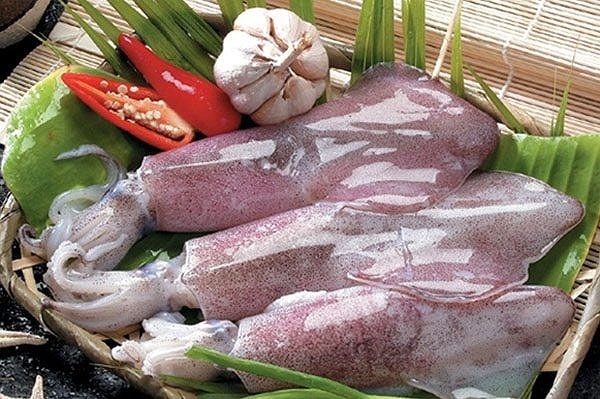 |
Illustration: Internet |
However, according to Mr. HVTh., a beef ball maker in District 8, beef has a bright red color, so the correct color of this product is dark, slightly black. To make beef balls, fish balls, fish cakes... you have to choose freshly slaughtered beef or fresh fish, but with current "technology", even unsold meat or rotten fish at the end of the day can be used to make beautiful beef balls and fish balls.
The meat is put into a centrifuge (a specialized machine for producing ham, beef balls, and fish balls), along with additives to prevent spoilage, prevent slime, and create elasticity, crispiness, and smoothness. After that, there is no longer any distinction between fresh and old ingredients. As for the way to create white color for beef balls, many establishments often use a bleaching chemical to hide the degraded color of the ingredients, and can also mix in other powders to cheat on quality.
Not only beef balls, even intestines, pig stomach, tripe, blood cockles… are also suspected of having gone through the soaking and bleaching process.
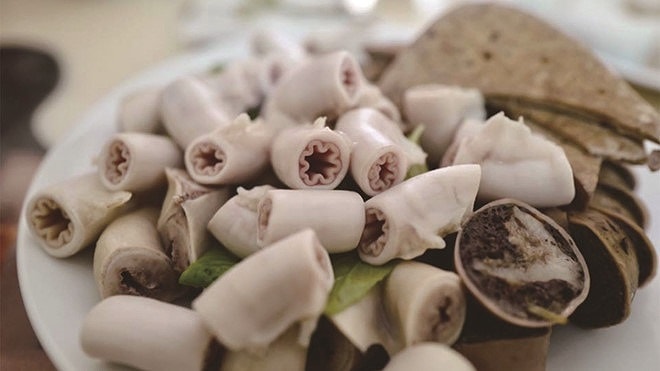 |
| Not only beef balls, even intestines, pig stomach, tripe, blood cockles... are also suspected of having gone through the soaking and bleaching process. Illustration photo: Internet |
A shop owner said bluntly: “This soaked product is delivered to the shop. If you want delicious, crispy intestines, buy the ripe, natural-colored ones. Here, I will say what color the product is, without any ambiguity.” According to some nearby saleswomen, regardless of whether the intestines are raw or cooked, they are soaked in bleach because they are all frozen and old products.
The most soaked and bleached food is seafood, especially squid, octopus, and blood cockles. Talking to reporters about this issue, Dr. Nguyen Quang Te - Former Head of Experimental Biology Department (Aquaculture Research Institute I) said that for profit, many retailers still use bleaching chemicals to "magically" transform spoiled seafood before selling. Even during the transportation process, many establishments, for profit, add urea to preserve it and keep it fresh longer without rotting.
“In principle, for safe transportation, it is often necessary to follow a certain formula, 2 ice (ie 1kg of squid or octopus needs 2kg of ice), but transportation will be more difficult, so they add urea to make transportation lighter and preserve longer,” said Dr. Nguyen Quang Te.
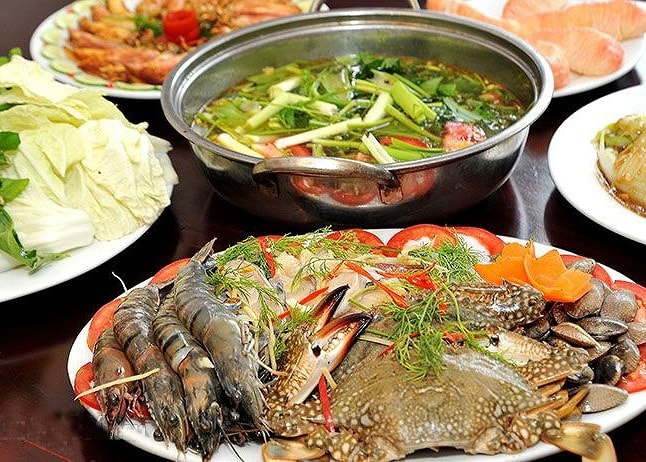 |
The most commonly soaked and bleached foods are seafood, especially squid, octopus, and cockles. Illustration: Internet |
According to Dr. Te: Seafood will decompose within a few hours after death. During the decomposition process, histamine toxins will be created. Even if you wash thoroughly many times, you still cannot remove all the toxic derivatives of urea or hydrogen peroxide that have penetrated deep into the food, causing harm to health.
According to the regulations of the Ministry of Health, hydrogen peroxide and urea are not on the list of chemical additives allowed in food. Regarding urea, users can be acutely poisoned if they eat seafood such as fish, squid, etc. with high urea residue. If eaten regularly, even in small amounts, urea will gradually accumulate in the body, causing chronicity, affecting the liver, kidneys, causing diarrhea, neurological disorders, etc.
Industrial hydrogen peroxide used to bleach and clean squid or octopus will also have a major impact on health if the toxins accumulate in the body. Industrial hydrogen peroxide contains many impurities that can cause intestinal and nervous system diseases, depending on the substances.
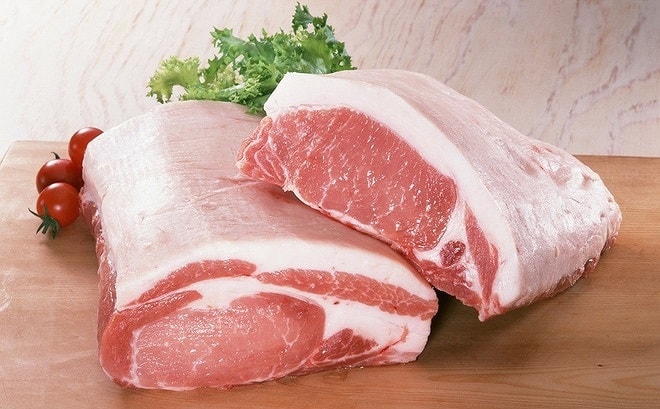
Regarding foods that are at risk of abusing borax, Associate Professor Dr. Nguyen Duy Thinh, former staff of the Institute of Biotechnology - Food Technology, Hanoi University of Science and Technology, said that it is possible to distinguish them by taste and color. For pork, the meat soaked in borax is very fresh, the meat fibers are firm but dry. When cut inside, the meat is soft, has liquid, and has poor elasticity. When eaten, the meat will be loose and have a foul smell.
On the contrary, fresh pork is delicious, the surface is not slimy, the meat is firm and has high elasticity. When pressing your hand on the meat, it feels soft, the meat sinks down and then quickly returns to normal. When boiling the meat, the water is clear, the smell is fragrant, and the meat is chewy. As for pork sausage, when buying, you need to pay attention to the color and taste of the sausage. When cut, good sausage has a light pink color, the surface has many tiny holes, feels smooth and slightly wet to the touch, when eaten it will have a sweet aroma, not too crispy, not crumbly. For sausages that have been soaked in borax, they will not have the typical fatty taste of meat but will be unusually crispy and chewy...
How to distinguish fresh seafood and seafood 'soaked' in chemicals
Dr. Nguyen Quang Te said: When seafood shows signs of spoilage, it always has a very distinctive smell of rottenness. In addition, the meat tissue is often flabby and not naturally firm like fresh seafood. With frozen octopus and squid, you need to check the packaging date and expiry date to avoid buying expired products. When processing seafood, if you smell fishy or have an unpleasant taste, you should not eat it.
According to Dr. Nguyen Quang Te, to avoid buying seafood soaked in chemicals, you can rely on the following sensory signs:
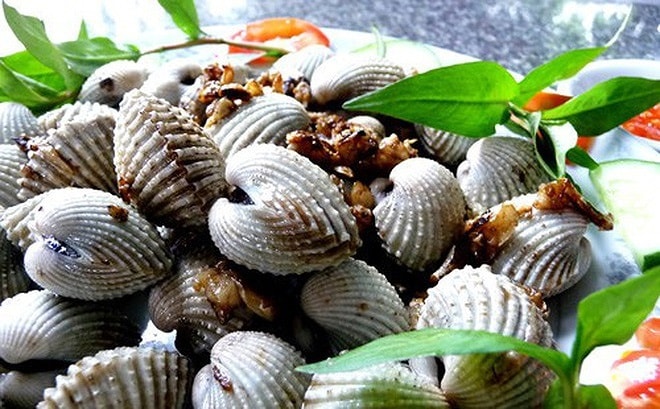 |
Blood cockles are often bleached with chemicals to give them an attractive color. Illustration: Internet |
For octopus: Choose fresh, live octopus that can still swim. Quality fresh octopus must have all its legs, clear eyes, tight, smooth skin but not bloated body. When cooked, the meat should be firm but not shrunk, and release little water. The meat is crispy, sweet and fragrant.
Octopus soaked in chemicals is often pale white, and when you smell it, you will notice a strange smell, not a natural fishy smell, or even no smell at all.
Regarding squid, according to Associate Professor Dr. Tran Dang, when choosing squid, avoid choosing those with a foul odor. Whole squid with full tentacles is best. Fresh squid will have a characteristic slightly fishy smell, be clear white, the outer membrane is intact, the head and body of the squid are attached together and the ink sac is intact inside. Fresh squid eyes will be bright, the entire tentacles will look bright, the membrane is not torn much.
Bleached squid is usually clear white, plump, uniform, and eye-catching. If the squid meat is mushy, the head is not attached to the body, the squid is not fresh, you should not buy it. When processed, it will not have the natural sweetness and aroma, but will have a faint smell, the meat will be soft and mushy...




.jpg)



